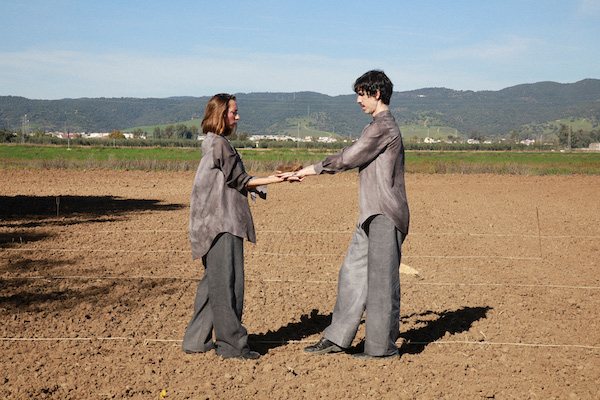with Daniel Atkinson
Public programs are essential to the experience of art – from interactive events to participatory activities. They offer multidimensional ways for art museums and curators to foster engagement with audiences and facilitate community-building. This course gives a comprehensive guide to public programming by exploring its history, theory, and especially its practice.
We will cover questions such as: How do we forefront the public in public programs? How to decide what form a public program should take? What are the practical hands–on aspects needed to realize a public program? Through these questions and more, participants will discover how to shape their own present and future programs.
This course will focus on three key areas of public programming: interpretive programming (programs done in response to an exhibition or other prompt), independent programming (programs which are created for their own purpose), and experimental or interdisciplinary programming. Case studies–both from the instructor’s programs and from around the world–and short readings will help us as we explore these forms.
Since public programming occurs in a wide range of organizations and independently, this course is for artists, curators, cultural workers, educators, museum and other arts nonprofit staff, academics/professors, and more. By the end of the course, participants will have a greater understanding of the many possibilities of public programming and the practical skills needed to engage the public in innovative and inspiring ways











